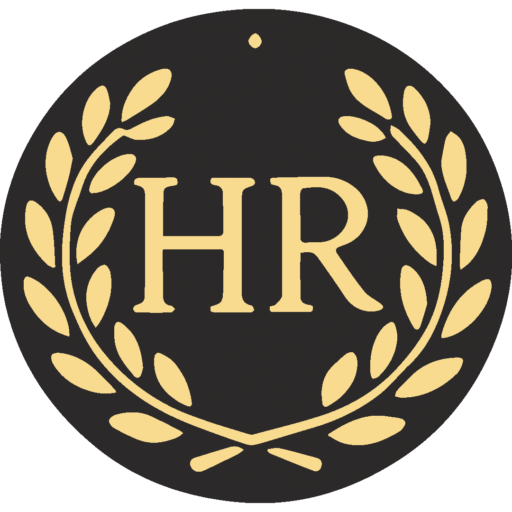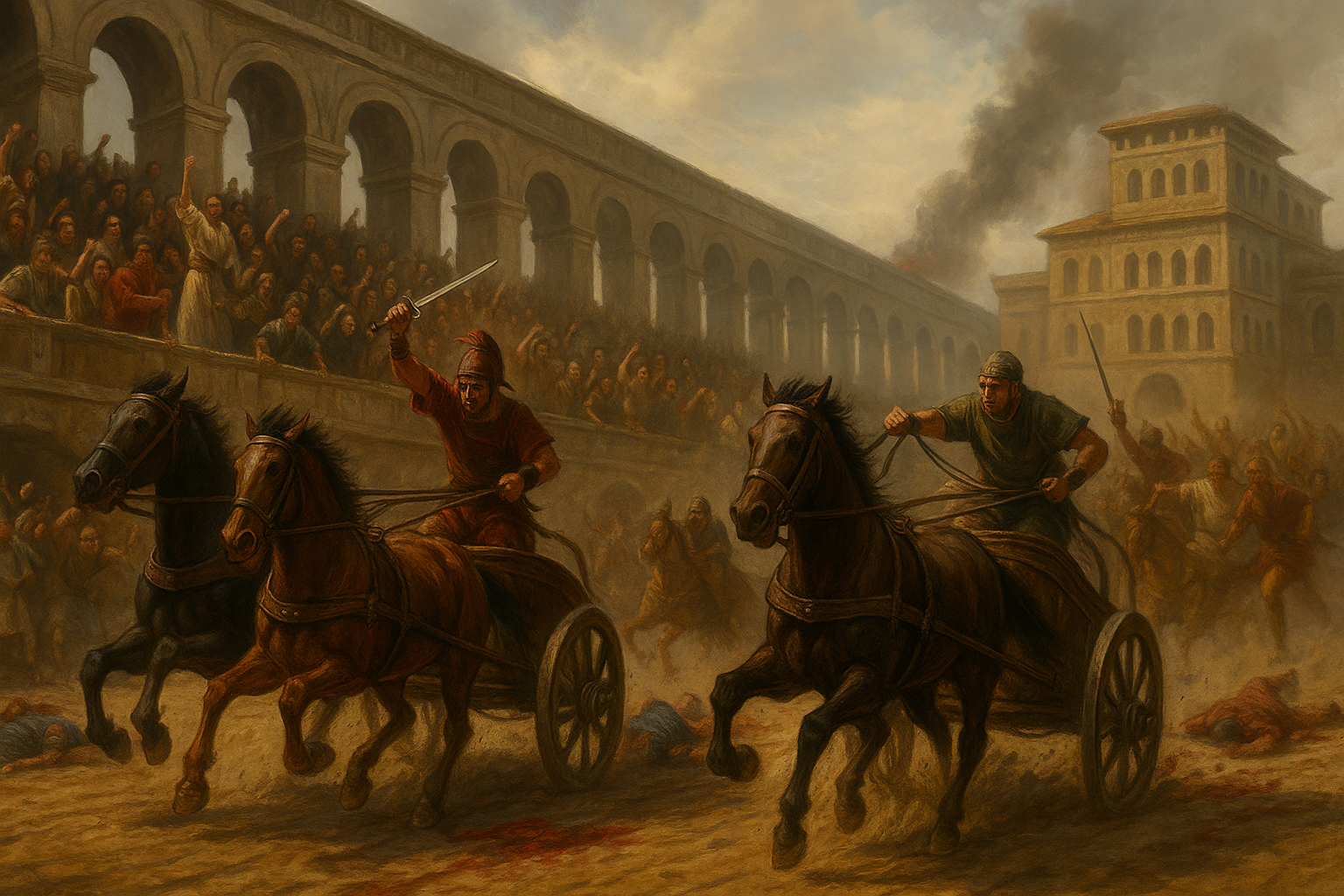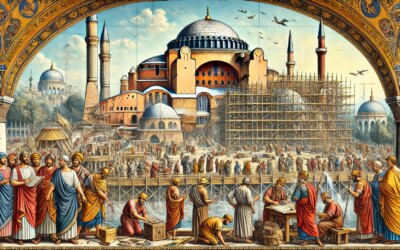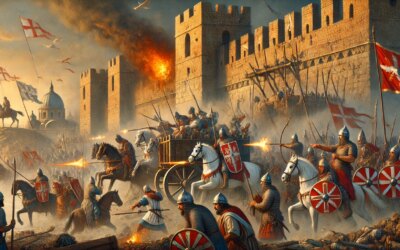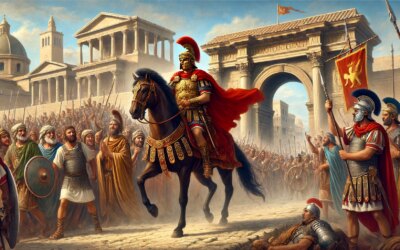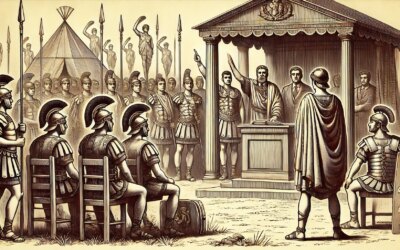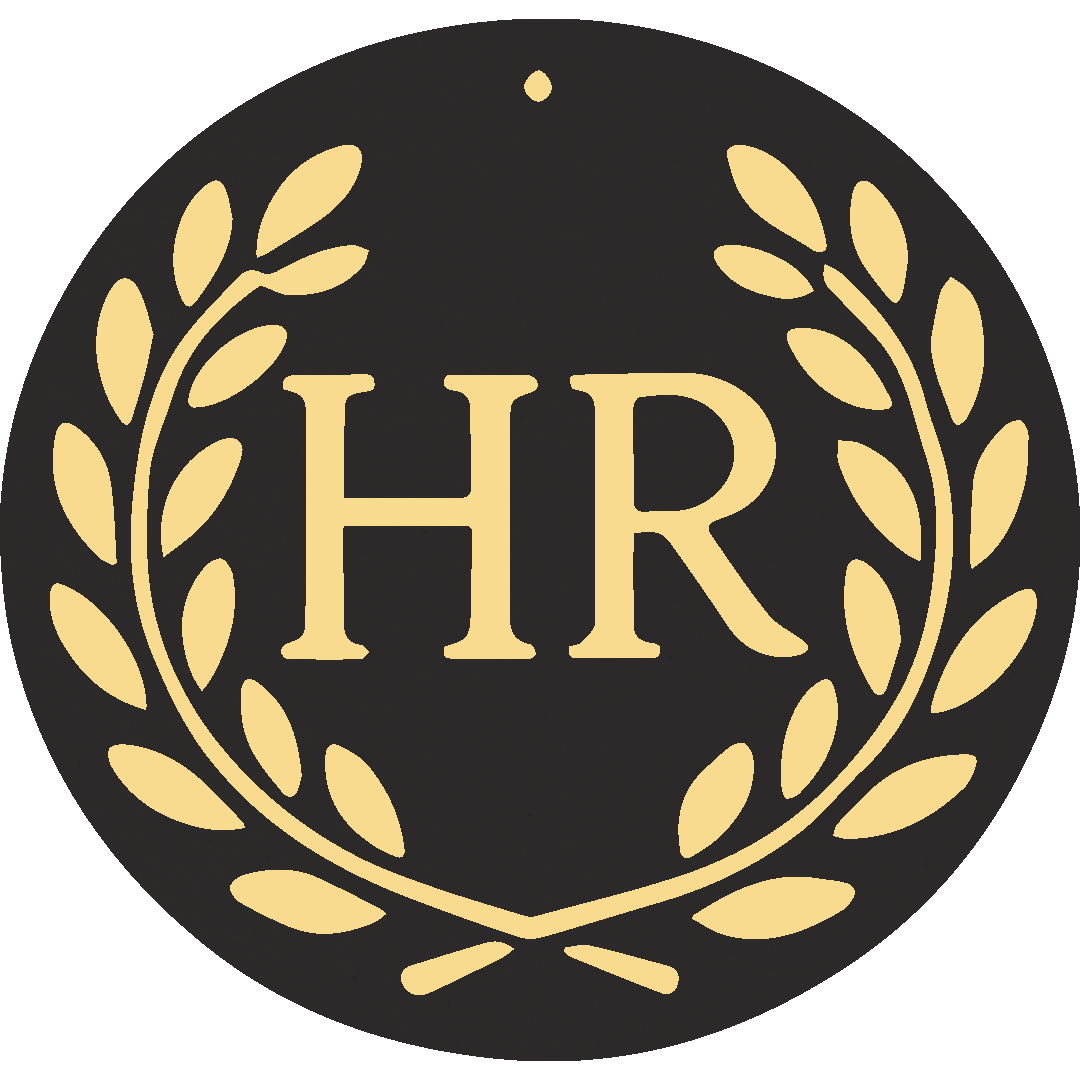Background and Causes
The Nika Revolt erupted in January 532 CE in Constantinople’s Hippodrome, the city’s focal point for chariot factions. Initially sparked by resentment over heavy taxation and corrupt officials under Emperor Justinian I, the rivalry between the Blues and Greens factions ignited broader unrest. The chant “Nika” (Conquer) united rival supporters into a formidable opposition demanding political concessions.
The Riot in the Hippodrome
On day one, faction members clashed with imperial guards. Violence escalated when imperial envoys insulted the factions, who retaliated by erecting an alternative emperor on the Hippodrome floor. Barricades and makeshift weapons led to intense street fighting, while mobs targeted government buildings and aristocratic homes.
Imperial Response
Facing collapse, Justinian contemplated flight. Advised by his wife, Empress Theodora, he resolved to confront the insurrection. He dispatched Generals Belisarius and Mundus with troops sealed behind Hippodrome gates. At nightfall, soldiers massacred fleeing rioters, killing an estimated 30,000 people and restoring order.
Consequences for Byzantine Governance
Although Justinian avoided deposition, the revolt exposed vulnerabilities in his administration. In its aftermath, he:
- Dismantled faction power by abolishing their political privileges.
- Implemented judicial reforms to curb corruption.
- Commissioned the rebuilding of Constantinople, including the Hagia Sophia’s grand reconstruction.
Long-Term Legacy
The Nika Revolt underscored the latent strength of popular movements and the critical role of shrewd leadership. Theodora’s influence cemented her status as co-ruler. The revolt’s suppression enabled Justinian’s ambitious campaigns to reconquer former Western territories and leave a lasting architectural and legal legacy.
Frequently Asked Questions
- What does “Nika” mean? “Nika” translates as “Conquer” or “Win,” a rallying cry for chariot factions.
- How many people died? Contemporary sources estimate around 30,000 casualties.
- Did the revolt affect Justinian’s rule? It strengthened his resolve and led to significant legal and architectural reforms.
